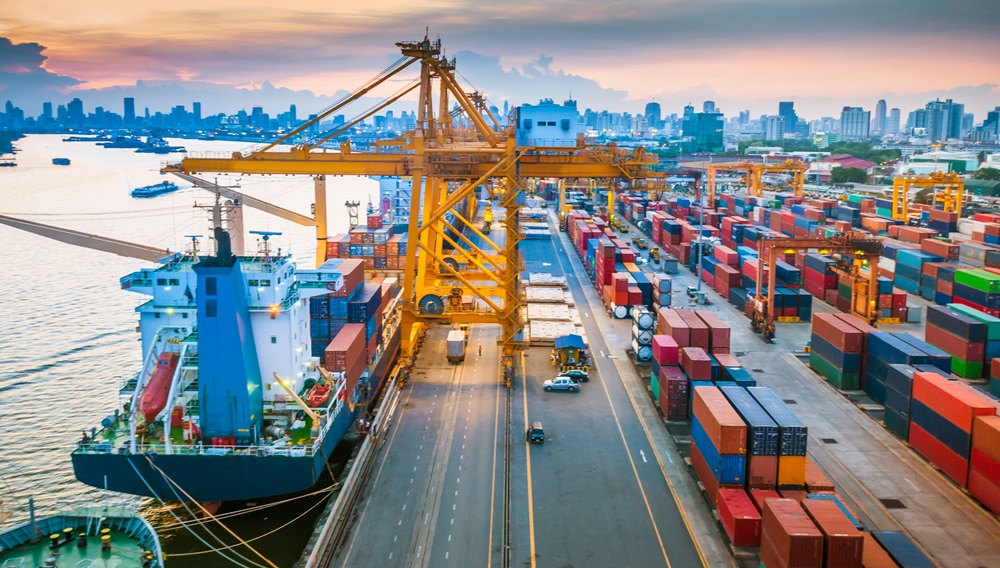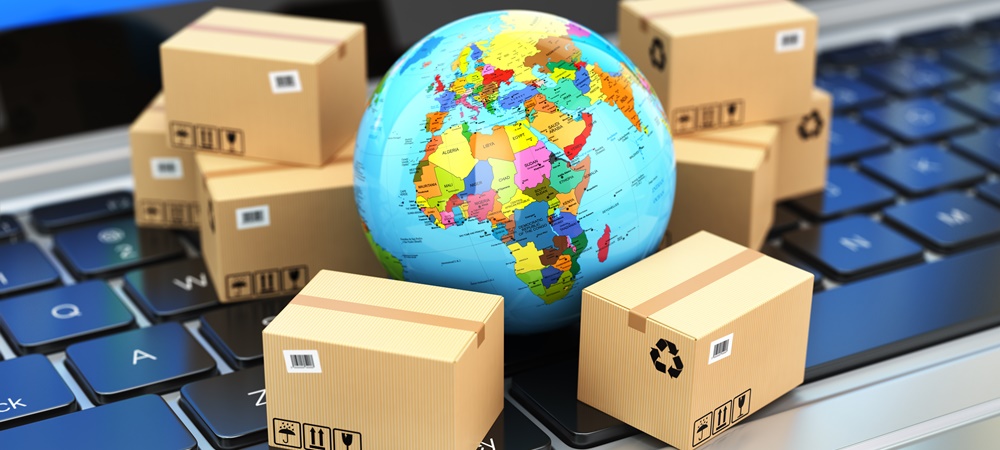With online business booming across Asia-Pacific, Australia stands out as an ecommerce hotspot. Not only is the land down under leading in terms of internet use, mobile adoption and mobile purchasing, it is also a strong and mature ecommerce market that boasts extremely good links to some of the world’s fastest growing markets. This year, Australia is predicted to make the world’s top 10 countries for online sales volume.
When it comes to retail ecommerce, Australia punches above its weight thanks to its sound financial, logistics and telecom infrastructure. Last year, ecommerce sales grew by around nine per cent, according to a report by management consulting firm, AT Kearney.
In 2016, Australia took the tenth spot in ecommerce global sales rankings with €15 billion (approx. AU$22.59 billion) worth of online purchases. By 2020, some 13 million Australians (of which 66 per cent are aged 15 years and above, according to Euromonitor) will be shopping online.
Australians also have a penchant for overseas goods. According to an August 2016 survey by global technology company Pitney Bowes Australian shoppers are the second-most likely in the world to buy online from overseas merchants, and if this trend continues, it will accelerate the country’s cross-border ecommerce by an average rate of 29 per cent per year until 2020.
Young Australians love to shop cross-border
These online shoppers are also young. A 2016 survey by the National Australia Bank revealed younger buyers under 35 accounted for 40.2 per cent of cross-border purchases and the 18 to 34 age group shows marked increment year on year.

To meet this demand, delivery companies have had to up their fulfilment game to allow Australians easy access to more international brands online.
Whether it’s expanding into new channels, offering more delivery options, or simply increasing inventory and warehouse capacity, global brands need fulfilment solutions that can adapt to their needs. Improved fulfilment means brands and retailers can store their inventory in closer proximity to their customers in Australia so that last mile delivery can be made more quickly and cost-effectively.
Exporting is easier than ever
The e-tailer landscape is a diverse one in Australia, almost equally populated by both established and domestic SME players. And with ecommerce breaking down the barriers for anyone wanting a share of the international trade pie, it is making it ever easier for home-grown businesses to look beyond their homeland and reach a global audience—and at the moment, the weaker Aussie dollar is proving to add to that advantage. With these healthy tailwinds, it is no wonder cross-border e-commerce growth is expected to climb to US$1 trillion by 2020[2].
However, for the e-tailing industry to soar, it needs to get out of the silo mindset. In order to reach unchartered territories, e-tailers will require a solid logistics network behind them. Versatile shipment options, including reliable end-to-end service, full tracking visibility, meeting customs clearance requirements, and online confirmation or returns, are just some of the solutions customers now expect as a ‘given’.
Shipments are off the dial
Desirable products and first-class delivery solutions work hand-in-hand in helping Australian SMEs gain strong market share overseas, and package shipments are rising as a result.

Shipments are off the dial.
This growth has been buoyed by easier access to different markets and a raft of free trade agreements. High-growth markets in Asia also continue to provide export opportunities for Australian SMEs.
In fact, according to the 2016 DHL Export Barometer, the majority of Australian exporters expect orders from Asian countries to increase in 2017. Heading the field is China, followed by South East Asia, Japan, South Asia and South Korea. Nevertheless, traditional markets are also extremely important with the UK, France, NZ and the US still taking the lion’s share of Australia’s exports.
Delivery companies are seeing staggering growth in cross-border shipping services from Australian e-tailers. And interestingly, fast delivery is no longer the most crucial factor for them. Instead, e-tailers—selling everything from cosmetics and fashion apparel to vitamins and slimming tea – require cost-effective solutions, particularly for low-value goods.
Fully-tracked cross-border returnable services
E-commerce growth has also seen a shift from economy shipment solutions, as homegrown Aussie fashion e-tailers like Daily Jocks and Showpo see the advantages in passing the savings of end-to-end services on to their customers.
In keeping with the wider trend, popular sales destinations for the suppliers range from countries as far afield as the US, UK, Canada, Germany and France.
With solid fulfillment services in place, a range of cost-effective packet shipment solutions in place and international trade becoming easier by the day, I believe that 2017 will see Australia’s vibrant band of get-up-and-go e-tailers and SMEs grow from strength to strength, laying a very firm foundation for future growth.
 Malcolm Monteiro is the CEO, Asia Pacific, DHL eCommerce.
Malcolm Monteiro is the CEO, Asia Pacific, DHL eCommerce.
Want the latest retail news delivered straight to your inbox? Click here to sign up to the weekly retailbiz newsletter.

